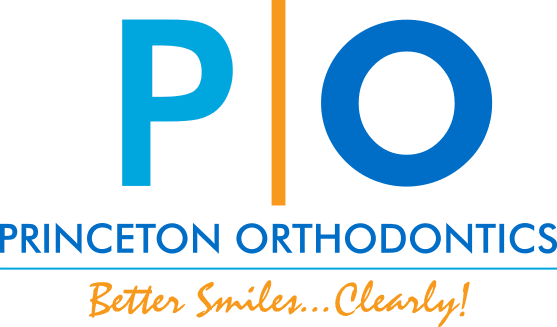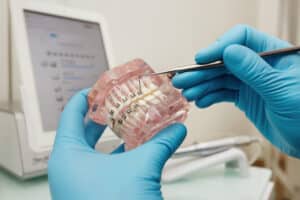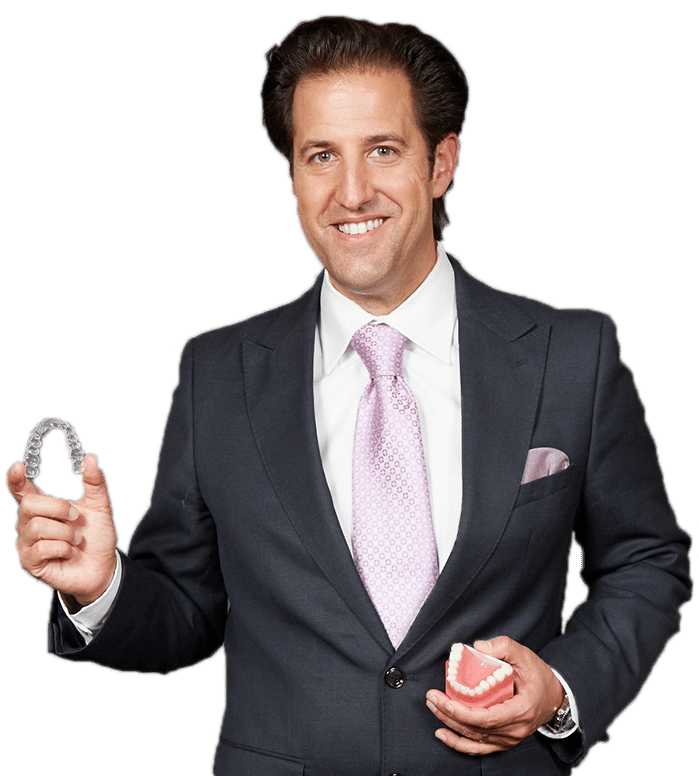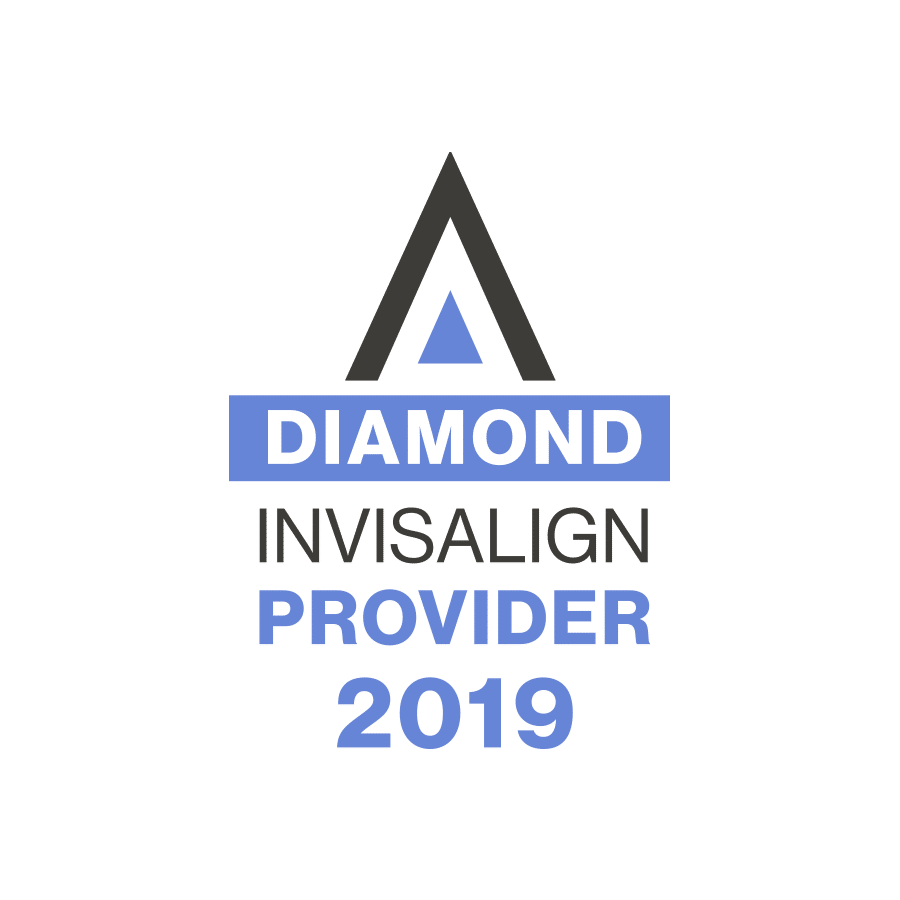What Are the Advantages of Invisalign vs Metal Braces
When it comes to straightening your teeth, most people end up choosing between two main options: Invisalign vs metal braces. Both work toward the same goal, but the experience can be very different depending on which one you go with.
Clear aligners like Invisalign are becoming more common, especially among teens and adults who prefer a low-profile option. On the other hand, traditional metal braces have been around for decades and still do a great job for more complex alignment needs. Before starting treatment, it’s important to know what makes these two options different—and what advantages each one brings to the table.
Invisalign vs Metal Braces: Key Differences That Matter
Understanding the practical differences between Invisalign and metal braces helps you make a more informed decision. While both are effective, the way they fit into daily life varies.
Appearance
-
Invisalign uses clear plastic trays that fit snugly over your teeth. They’re difficult to notice unless someone is looking closely.
-
Metal braces use brackets and wires that are more visible. Some patients, especially younger ones, might like adding colored bands, but others may feel self-conscious.
Material and Design
-
Invisalign trays are made of smooth plastic and custom-fit to your teeth. There are no wires or sharp edges.
-
Braces use stainless steel brackets bonded to each tooth, connected by a metal wire. This can sometimes cause discomfort, especially in the early stages of treatment.
Removability
-
Invisalign trays are removable. You can take them out when eating, brushing, or during special occasions.
-
Braces stay on your teeth 24/7. They’re working constantly, but you don’t have the option to remove them temporarily.
These differences affect everything from how you feel during treatment to how easily you can care for your teeth. Understanding these contrasts is a big part of deciding which one fits your lifestyle and goals.
Comfort and Convenience
Comfort plays a big role in how people experience orthodontic treatment. So does the day-to-day maintenance. Invisalign vs metal braces offers two very different routines, and what works for one person might not be ideal for another.
Comfort Level
-
Invisalign trays are smooth and don’t have brackets or wires that can rub against the inside of your mouth. Most patients describe mild pressure when switching to a new set of aligners, but not sharp discomfort.
-
Metal braces can cause soreness, especially after adjustments. The brackets and wires may also irritate the cheeks or lips until your mouth adjusts.
Maintenance and Cleaning
-
Invisalign trays are removed before brushing and flossing, so you can continue your normal routine without much change.
-
Braces make brushing and flossing more difficult. You’ll need to use special tools like floss threaders or interdental brushes to clean around the wires and brackets.
Eating Restrictions
-
Invisalign doesn’t require dietary changes. Since you take the trays out before meals, you can eat what you normally do.
-
Braces come with a list of off-limits foods—like popcorn, gum, and hard or sticky snacks—that can damage the brackets or get stuck in the wires.
Both options require commitment, but in different ways. Some people prefer the flexibility of removing aligners, while others appreciate not having to think about wear time at all. Your comfort level and daily habits can help guide your choice.
Treatment Time and Flexibility
One of the biggest considerations when comparing Invisalign vs metal braces is how each option fits into your schedule. Treatment time, number of office visits, and how each option blends into your lifestyle can all influence your decision.
Duration of Treatment
-
For mild to moderate cases, Invisalign often takes about 12 to 18 months. Consistency is key—aligners must be worn 20 to 22 hours a day to stay on track.
-
Metal braces typically take 18 to 24 months, though complex cases might take longer. Since they’re fixed in place, they work continuously without relying on patient compliance.
Office Visits
-
Invisalign users generally have fewer check-ins. Most visits are brief, often focused on progress checks or receiving the next set of aligners.
-
Braces require more frequent appointments. These visits are needed to tighten wires, replace bands, and make necessary adjustments.
Lifestyle Compatibility
-
Invisalign is discreet and can be removed when needed, making it easier for people who attend events, speak in public, or play instruments.
-
Metal braces are always working, which removes the pressure of remembering to wear something—but can be more noticeable and slightly more restrictive during certain activities.
Each approach has its strengths. Some patients prefer the freedom of Invisalign, while others like the structure and hands-off aspect of metal braces. Think about what fits best with your habits, work, and daily commitments.
Invisalign vs Metal Braces: Cost and Insurance Coverage
Cost is a major factor for many people deciding between Invisalign vs metal braces. While both treatments are an investment in your smile, there are differences in pricing and insurance support that are worth understanding before making a decision.
Price Range Comparison
-
Invisalign typically costs between $3,000 and $7,000. The final cost depends on the length and complexity of treatment.
-
Metal braces generally fall between $2,500 and $6,000. They’re often a more affordable option, especially for families with multiple children in treatment.
Insurance and Payment Options
-
Many dental insurance plans cover part of the cost for both Invisalign and metal braces. However, coverage details vary, so it’s important to review your specific plan.
-
Health Savings Accounts (HSA) and Flexible Spending Accounts (FSA) can be used for either treatment. These accounts offer tax advantages that help reduce out-of-pocket costs.
-
Some practices offer monthly financing or interest-free payment plans, which can make treatment more manageable over time.
Cost alone shouldn’t be the deciding factor, but knowing the financial side helps you plan. Always ask for a clear breakdown of what’s included, and check what your insurance will cover before starting treatment.
Pros and Cons Summary
Comparing Invisalign vs metal braces isn’t just about looks or price. Each option has its own set of advantages and potential drawbacks. Here’s a clear breakdown to help weigh the benefits and limitations of both treatments.
Invisalign Pros
-
Nearly invisible, which appeals to many teens and adults
-
Removable for meals, brushing, and special occasions
-
No food restrictions
-
Easier to clean teeth and maintain oral hygiene
-
Typically fewer office visits
Invisalign Cons
-
Requires discipline—must be worn 20–22 hours a day
-
May not be suitable for complex alignment issues
-
Trays can be lost or damaged if not stored properly
Metal Braces Pros
-
Ideal for more severe or complicated orthodontic problems
-
No concern about wearing time—they’re always working
-
Often more affordable upfront
-
Durable and effective for all ages
Metal Braces Cons
-
More noticeable appearance
-
Dietary restrictions to avoid damaging the brackets
-
More difficult to clean around brackets and wires
-
Can cause irritation or soreness inside the mouth
Both treatments are highly effective, but your lifestyle, preferences, and orthodontic needs will shape which option makes more sense. This side-by-side view can help clarify what matters most to you.
Final Thoughts: Which One is Right for You?
When it comes down to Invisalign vs metal braces, there isn’t a single choice that works for everyone. Both treatments offer reliable results, but the right option depends on your personal goals, level of comfort, and how involved you want to be in the process.
If appearance and flexibility are important, Invisalign might be the better fit. If you need a hands-off solution for more complex alignment issues, metal braces could be the way to go. Think about your daily routine, your budget, and how much responsibility you’re comfortable taking on during treatment.
The best way to make a confident decision is to speak with an experienced orthodontist. They can evaluate your needs, explain your options clearly, and help you start treatment that makes sense for your life.
Take the Next Step Toward a Confident Smile
Choosing between Invisalign vs metal braces is a big decision—but it doesn’t have to be confusing. At Princeton Orthodontics, you’ll get expert guidance backed by one of the most experienced Invisalign providers in the field. Dr. Jonathan Nicozisis has helped shape how Invisalign is used worldwide and continues to lead advancements in treatment efficiency and outcomes.
If you’ve been unsure about clear aligners, or told they aren’t an option, it’s worth getting a second opinion from someone who helped define the standard. Schedule a consultation with Princeton Orthodontics today to explore what’s possible—with clear answers, honest feedback, and experience you can trust.







